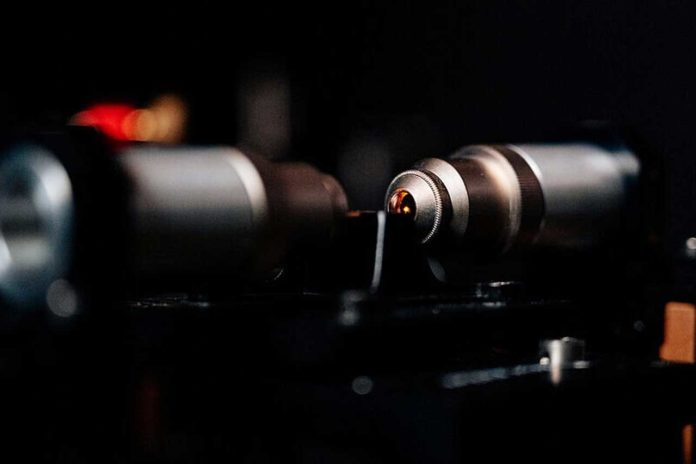Using the mechanisms of quantum physics, scientists at Paderborn University have successfully developed a new distance measurement method for systems such as GPS, which achieves more precise results than ever before. What’s more, they even have addressed the so-called resolution limit, which causes the ‘noise’ we may see in photos, for example.
Physicist Dr. Benjamin Brecht explains the problem of the resolution limit: “In laser distance measurements, a detector registers two light pulses of different intensities with a time difference. The more precise the time measurement is, the more accurately the distance can be determined. Providing the time separation between the pulses is greater than the length of the pulses, this works well.”
“Problems arise, however, as, if the pulses overlap: Then you can no longer measure the time difference using conventional methods. This is known as the ‘resolution limit’ and is a well-known effect in photos. Very small structures or textures can no longer be resolved. That’s the same problem—just with position rather than time.”
The further challenge involves determining the different intensities of two light pulses, simultaneously with their time difference and the arrival time. But this is precisely what the researchers have managed to do—” with quantum-limited precision.
In collaboration with the Czech Republic and Spain, the Paderborn physicists have successfully quantified these values when the pulses overlapped by 90 percent.
Brecht says: “This is far beyond the resolution limit. The precision of the measurement is 10,000 times better. Using methods from quantum information theory, we can find new forms of measurement which overcome the limitations of established methods.”
The results allow significant improvements in the future to the precision of applications such as LIDAR, a method of optical distance and speed measurement, and GPS. It will take some time, however, before this is ready for the market.
Journal Reference:
- Vahid Ansari et al. Achieving the Ultimate Quantum Timing Resolution, PRX Quantum (2021). DOI: 10.1103/PRXQuantum.2.010301
